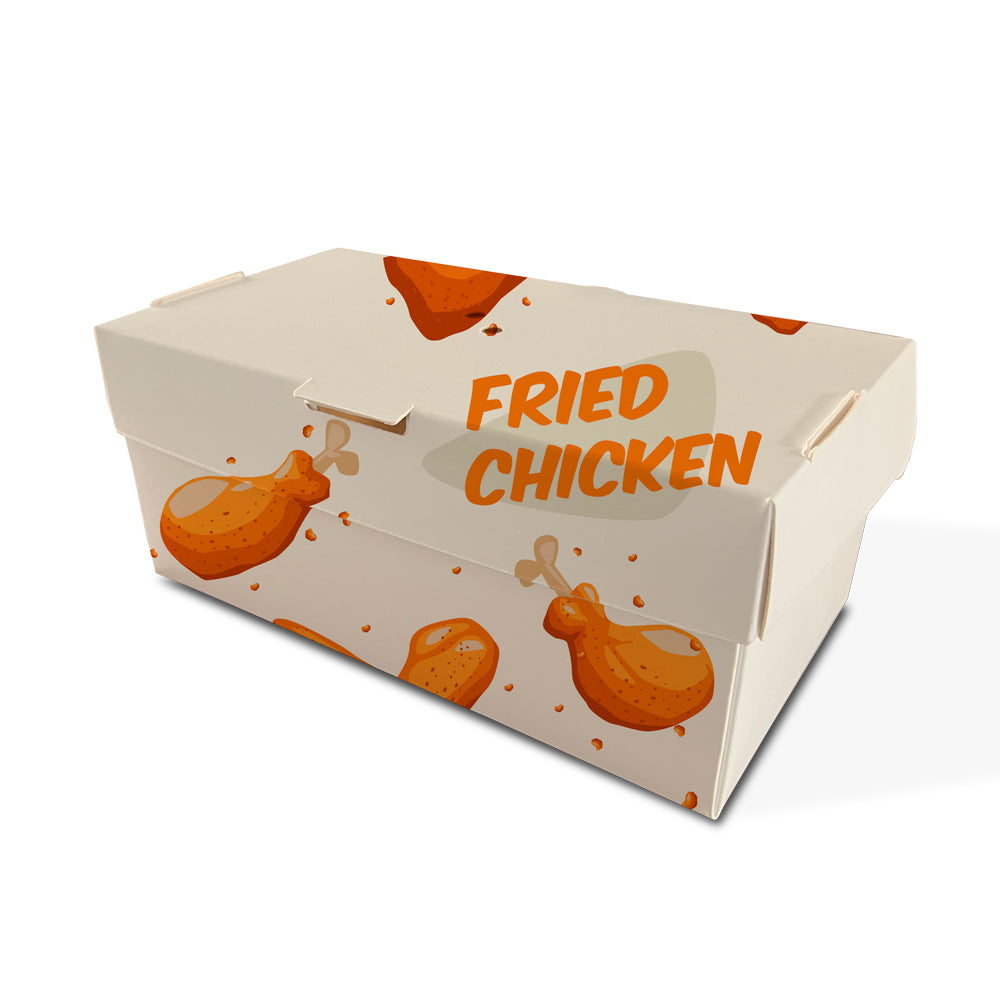The Evolution and Significance of Rigid Boxes in Packaging
In today’s rapidly evolving market, packaging plays an essential role in both product protection and consumer appeal. Among the various packaging solutions available, rigid boxes have gained significant popularity due to their unique combination of durability and aesthetic appeal. This article delves into the evolution of rigid boxes, their various applications, and their significance in both the retail and gifting sectors.
What are Rigid Boxes?
Rigid boxes, often referred to as setup boxes, are made from thick paperboard, which provides a sturdy structure that is usually not foldable. Unlike standard cardboard boxes, rigid boxes are pre-assembled, allowing for a more luxurious feel, which contributes to their rising popularity. They often come in various shapes, sizes, and colors, making them appealing to a wide range of consumers.
Historical Perspective
The history of rigid boxes can be traced back to the early 19th century when they were predominantly used for luxury products like chocolates and perfumes. As consumerism began to grow in the late 19th and early 20th centuries, the demand for attractive packaging solutions surged. Rigid boxes became synonymous with high-end goods due to their ability to not only protect products but also enhance their visual appeal. Companies began to realize that effective packaging could influence consumer behavior, leading to the widespread adoption of rigid boxes.
Current Trends in Rigid Box Design
Modern rigid box design has evolved significantly, blending creativity with functionality. The advent of digital printing technology has allowed manufacturers to create visually stunning designs with high-quality graphics. Customization has become a defining feature, enabling brands to tailor their packaging to reflect their identity. Moreover, the implementation of eco-friendly materials has seen an increase, as consumers are becoming more conscious of sustainability. Recyclable and biodegradable materials are being used without compromising the aesthetic appeal and structural integrity of rigid boxes.
rigid boxes

Applications of Rigid Boxes
Rigid boxes find applications across various industries. In the luxury goods sector, they are commonly used for items such as jewelry, cosmetics, and high-end electronics, where consumer expectations for quality and presentation are exceptionally high. The gifting industry also heavily utilizes rigid boxes; they convey a sense of thoughtfulness and elegance, enhancing the overall gifting experience. Furthermore, many brands in the food and beverage industry are using rigid boxes for their premium products, understanding that quality packaging can elevate a consumer's perception of the product's value.
The Benefits of Rigid Boxes
One of the primary advantages of rigid boxes is their durability. Made from sturdy materials, they provide excellent protection for delicate products, reducing the risk of damage during transport and handling. Additionally, their inherent strength allows them to be stacked without collapsing, making them ideal for attractive retail displays. From a marketing perspective, the luxurious appearance of rigid boxes enhances brand image, making products more appealing on store shelves.
Furthermore, the ease of assembly and premium feel contribute to an enhanced unboxing experience for consumers, fostering brand loyalty. Brands have started to recognize that the way a product is presented plays a crucial role in customer retention and brand perception.
Conclusion
In a world where consumer choices are abundant, the importance of effective packaging cannot be overstated. Rigid boxes serve as both a protective casing and a marketing tool that can significantly impact consumer behavior. As trends evolve, the rigid box will likely continue to adapt, carving out new niches in the packaging landscape. Whether it's through luxurious designs or sustainable practices, rigid boxes remain a testament to the power of packaging in enhancing product value and brand identity. As businesses strive to innovate in a competitive market, investing in high-quality rigid boxes could be a decisive factor in achieving lasting success.



